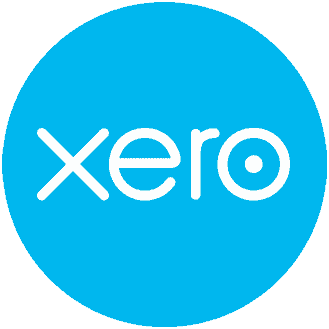Common FBT and GST Questions
As accountants, you're often confronted with specific scenarios regarding Fringe Benefit Tax (FBT) and Goods and Services Tax (GST) that can present challenges for clients, particularly close companies and businesses providing non-monetary benefits. Below are answers to some common questions, aimed at clarifying these situations.
1. FBT on Company Vehicles Provided to Shareholders
For many close company clients, a common practice involves making a company vehicle available to shareholders, which triggers FBT liability. It is common to put through a shareholder reimbursement that effectively eliminates the fringe benefit, i.e. the calculation is generally 20% of the purchase price of the vehicle. A typical journal entry for each GST period might include:
- Debit: Current account (shareholder contribution)
- Credit: Company income (equal value of the benefit)
This structure arguably ensures no net benefit exists for FBT purposes.
Question: Is it necessary to file a NIL FBT return, and can it be filed annually if the criteria are met?
Yes, even if shareholder contributions reduce the FBT liability to zero, an FBT return is still required as there is technically a fringe benefit being provided. If the client qualifies, this can be done annually, provided the company meets the IRD’s filing criteria.
Many businesses overlook this technical requirement, making it a potential area of compliance focus for the IRD.
2. Gift Vouchers for Employees
Question: Are gift vouchers 100% deductible for the employer, subject to FBT? Can GST be claimed on the cost of the vouchers?
- Deductibility: Yes, gift vouchers are fully deductible to the employer for income tax purposes.
- FBT Liability: FBT applies to non-cashable gift vouchers. You may also consider whether they fall under the de minimis exemption for FBT. However, if a gift voucher can be exchanged for cash, it is treated as a PAYE payment rather than FBT.
- GST: GST is generally not claimable on the purchase of vouchers because the GST supply occurs when the voucher is redeemed, which is typically for private purposes. As such, the issuer of the voucher does not charge GST to the employer, so there is no GST to claim.
3. Gift Vouchers for Business Contacts
Question: Are gift vouchers for business contacts 100% deductible unless they are for food and drink? Can GST be claimed in either case?
- Income Tax Deduction: Yes, gift vouchers for business contacts are generally deductible unless they include food or drink, in which case the entertainment rules apply, reducing deductibility to 50%. While some tax advisors argue that entertainment rules should only apply if there is a private benefit or ‘entertainment’ element for the taxpayer, the IRD’s position remains firm: any gift of food or drink is subject to the entertainment rules, regardless of the taxpayer’s enjoyment or consumption of the benefit. I do question this as the entertainment rules are designed to make the private portion of any ‘entertainment’ non-deductible. If you are making gifts to clients and not and not ‘enjoying’ or ‘consuming’ any of the benefit, arguably the entertainment rules should not apply. However – that is clearly not the IRD position, the IRD expects any client gift that comprises food or drink to be subject to the entertainment rules.
- GST Treatment: Similar to the employee voucher scenario, GST is generally not claimable on gift vouchers at the time of purchase because no GST is charged by the issuer of the voucher. The GST supply occurs when the voucher is redeemed, which means there is typically no GST to claim upfront.
These scenarios illustrate common issues that arise regarding FBT and GST, especially for close companies and businesses offering employee benefits or client gifts. Ensuring that clients are aware of their filing obligations and clarifying tax positions on deductions and GST will help prevent compliance issues and optimise their tax outcomes.
*This publication contains generic information only. NZ Tax Desk Ltd is not responsible for any loss sustained by anyone relying on the contents of this publication. We recommend you obtain specific taxation advice for your circumstances.













